Pachycephalosaurs were very strange dinosaurs. The name “pachycephalosaur” actually means “thick headed lizard”, and scientists have argued for decades about what use their knobbly, bony skulls might have had. The most popular theory, based on the thickness of their skulls and the tiny size of the brains within, is that they used the skulls for
Pachycephalosaurs were very strange dinosaurs. The name “pachycephalosaur” actually means “thick headed lizard”, and scientists have argued for decades about what use their knobbly, bony skulls might have had. The most popular theory, based on the thickness of their skulls and the tiny size of the brains within, is that they used the skulls for headbutting as muskoxen do. When male muskox compete to see who is dominant, they butt their heads together and shove each other around until one muskox emerges as the strongest, like a giant game of tug-of-war.
Other scientists think they might have been used to ram into the sides of rival dinosaurs or predators instead, because the rounded dome on top of most pachycephalosaurs’ heads would have meant that colliding heads would have slipped off each other.
But whatever they used their bony heads for, one of the most spectacular pachycephalosaurs ever found is Dracorex hogwartsia. Its spiny, flattened head would have been ideal for headbutting, because the bumpy surface would have made sure that two clashing heads stuck together without slipping! The name “Dracorex hogwartsia” is Latin for “Dragon King of Hogwarts”, after Harry Potter’s famous wizard school, and it earned its name by its fantastic appearance. Dracorex looks exactly like a dragon!
Perhaps we have stories of dragons because someone found the fearsome skull of a Dracorex and imagined that it must have come from a terrible, fire-breathing monster! At least we can be sure that, whatever it did with its skull, Dracorex didn’t breathe fire, and it definitely didn’t fly. That bony head would have been much too heavy to get off the ground!




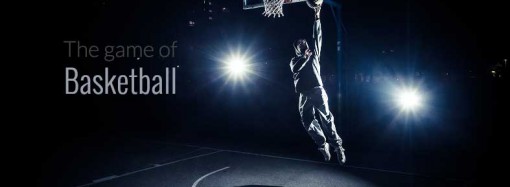


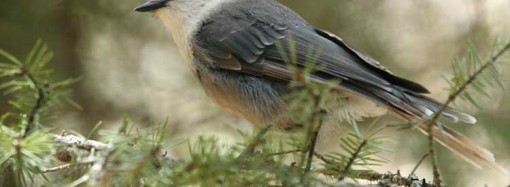
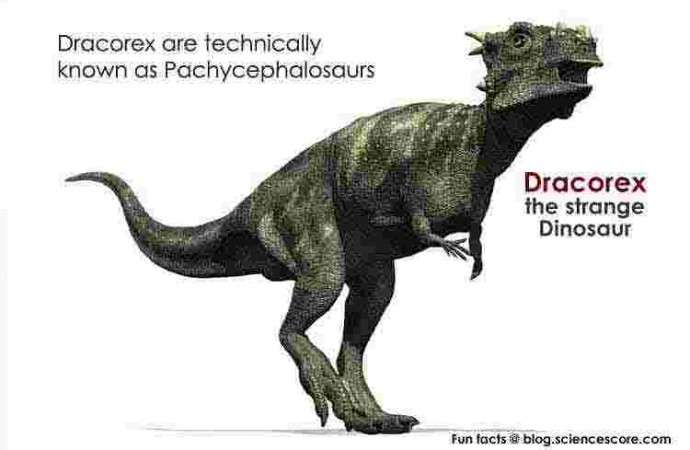
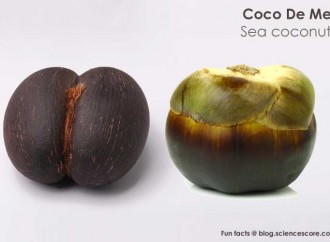

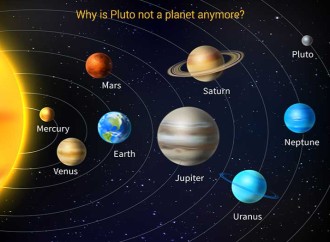



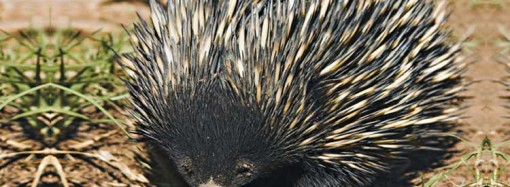
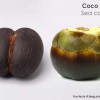






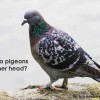







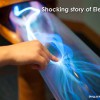









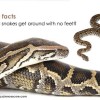

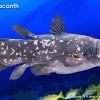

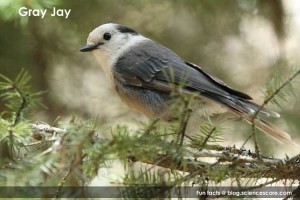
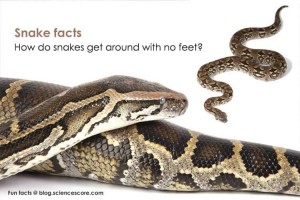
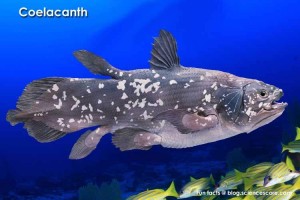
Leave a Reply